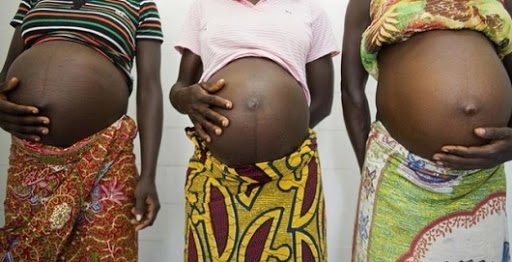According to the Ghana Statistical Service’s 2022 Demographic and Health Survey (DHS) report, held in Tamale on March 5, 2024, significant variations exist across different regions in the country concerning fertility rates, teenage pregnancies, and child nutrition. The survey, which involved 15,014 women aged 15-49 and 7,044 men aged 15-59, provided national-level estimates for urban and rural areas in all 16 regions.
In Zone Four, comprising the Northern Region, Upper East, North East Region, and Oti Region, the total fertility rate for Ghana stood at 3.9. The North East Region recorded the highest fertility rate in the zone with 6.6, while Upper East recorded the lowest with 4.6. This indicates that women in Upper East had fewer children in the three years preceding the survey, as compared to their counterparts in the North East Region.
Teenage pregnancy in the zone varied significantly as well. The national average stood at 15% of women who have ever been pregnant during the survey. North East Region had the highest teenage pregnancy rate of 24%, followed by Oti with 21%, Northern Region with 14%, and Upper East with the lowest rate in the zone at 8%. This makes Upper East the region with the second-lowest teenage pregnancies nationally, after Greater Accra, which recorded 6%.
Child nutrition and malaria were also discussed in the survey. In Zone Four, 17% of children in Ghana were found to be stunted, an indication of chronic under-nutrition. The Northern Region recorded the highest rate of stunted children at 30%, making it the highest region in the zone and nationally. Oti Region had the lowest stunted growth rate in the zone with 20%, while Upper East recorded 21% stunted children.
Regarding HIV testing during antenatal care, the survey revealed that 67% of women nationwide were tested. In Zone Four, Oti Region had the highest percentage of women tested at 71%, followed by Upper East at 65%, while Northern Region had the lowest rate at 44%.
These findings from the 2022 DHS report highlight the need for targeted interventions and policies to address regional disparities in fertility rates, teenage pregnancies, and child nutrition in Ghana.




